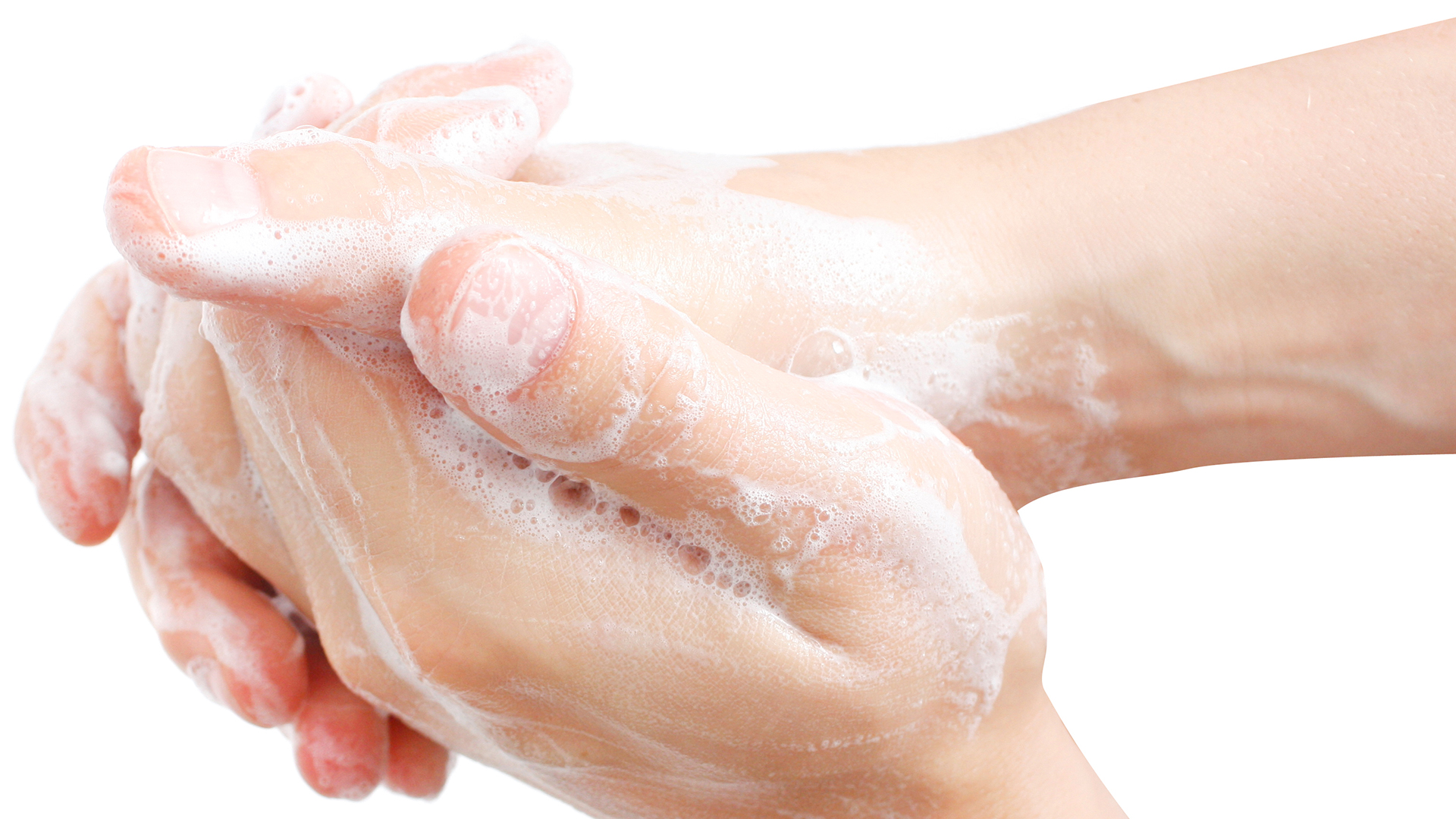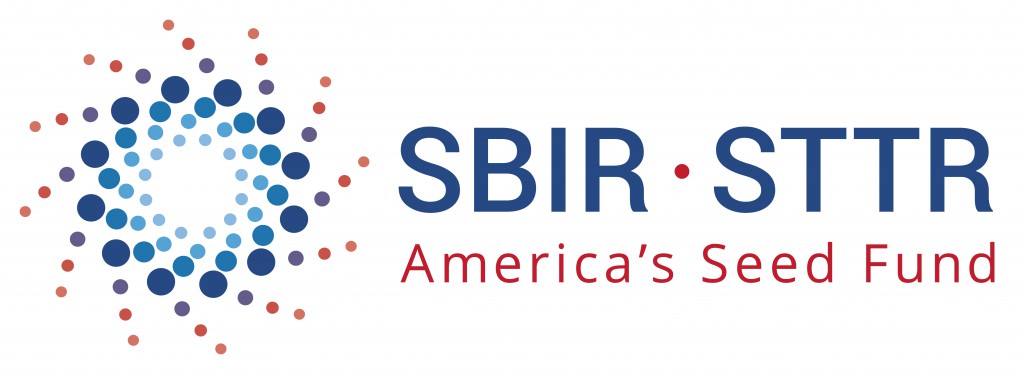Robert Bogue
January 25, 2018
No Comments
Innovation is at the heart of America. It’s called “American ingenuity,” and the very systems that are designed to grow it are crushing it. Subsumed by academia to work on worthless projects and stripped of all relative value, the programs that were set aside by the government to encourage the one area of the economy where most innovations come from are being used to fund side projects of professors rather than support and encourage real innovation. It’s a way to support salaries and augment the income of professors.
In this post, I’m going to reveal the painful process that we tried to go through to get a grant and the ludicrous responses that we got – ludicrous until you understand what the system is designed to do and how no one has stood up to change the status quo. In the process, I’m going to reveal our ideas with the full understanding that someone can decide to copy it and do it without us all on the hope that someone will realize the power of the idea and help us find a way to fund it.
To be fair, I recognize that there will be some who will say that this is just another sour grapes post. We didn’t get funded, so we’re going to complain about the system. However, what you need to know is that the post was germinated before we knew whether we would be funded or not. More importantly, the structure of the problem was revealed through a coach – a long-time veteran of the process – before our grant began and was reinforced by another former member of our state’s team for helping businesses get funded. This is a deep-seated problem that insiders can’t expose, because they’re too into the system to publicly share their concerns. To expose the rotten underbelly of the system, I need help you see the system from our point of view.
Our story
AvailTek LLC has two owners. Terri Bogue and Robert Bogue. Terri is a clinical nurse specialist with a specialty in helping healthcare systems prevent healthcare-associated infections (HAIs). She has a national practice consulting with organizations to help them reduce their infection risk.
Speaking about myself in the third person for a moment, Robert, on the other hand, has written over 25 books, numerous courses, and too many articles to count. He’s been a technologist who has done software development, networking, and application-level solutions development for decades. He’s spent the last 14 years as a Microsoft MVP – an award that’s reserved for select individuals who share their passion for technology with the global community. He’s traveled the world speaking and teaching about software development.
If you were going to put together a two-person team for creating educational technology to help reduce healthcare infections, you’d be hard-pressed to find a team that’s more able to execute. The expertise you can’t find in one person you can find in a team that are partners in every sense of the word.
Further, with 12 years in business, we’ve demonstrated staying power. We’re not doing what we’re doing on a lark, or because we can’t find jobs and need something to do so we don’t have to tell our friends that we’re unemployed or looking for work. This is a conscious – and often difficult – choice for us.
However, the very things that make us good at business and creating solutions are the very things that make it impossible to get a project funded. Even if we could literally save ten thousand – or more – people from dying from HAIs, and we can demonstrate costs savings in excess of a worker’s salary each year, it’s not enough in the minds of the academics who preside over the process of awarding funding.
Grant Structure
Most folks have never had the displeasure of writing for a grant proposal. It’s a displeasure, because it’s expected to be academic writing with strict page limits, citation requirements, and the general requirement to try to make the whole work sound more difficult to understand than it needs to be. I’ll focus my attention on the Small Business Innovation Research (SBIR) program here, because that’s the program we applied to; however, the Small Business Technology Transfer (STTR) is similar, only having the additional explicit requirement to have an academic institution as a part of the application process.
Writing for the grant was an exercise in trying to fit the important pieces into cramped confines, and at the same time writing in a precise way that made it clear exactly what we were talking about. Other areas didn’t have page limits, or were so much larger than was needed that we felt bad, because we couldn’t fill the pages. Our citations list was pages long. We knew no one would ever read even a fraction of our citations, but they were there, because you could get extra space in the main areas if you didn’t have to explain things too deeply.
In our case, the key to the solution was in our ability to train environmental services workers on how to clean hospital rooms effectively. We’d leverage augmented reality in the rooms they clean, watch their performance, and nudge them into better behaviors. Expressing that in the structure wasn’t easy – even for a seasoned writer – mostly because of the writing requirements.
Citations
Imagine for a moment if you had to cite a reference to everything – or every other thing – that you said. What if every time you said anything material, you had to find a research paper that validated your statement? That’s what writing is like for the grant. You can’t make assumptions or generalizations. It’s like the old quote, “In God we trust, all others bring data.” Of course, what they don’t say is that research in general isn’t always correct. In fact, much of the research printed in journals couldn’t be replicated by anyone else.
However, citations are what’s expected in academia. You’re supposed to cite your references. In the real world, citations are rare. They’re the occasional pointer to help the reader understand in more depth, if they choose to. They’re clarifications.
In the end, the need to cite everything makes it easier for academics – because it’s what they’re used to – and harder for innovators, who are frequently without good access to journal articles. Even with the connections that we have, finding all the research wasn’t easy.
Iteration and Adaptation
While citations are annoying, they’re not structurally incorrect, they’re just a barrier that must be overcome. On the other hand, the idea that you have it all figured out, and you know exactly how you’re going to perform the innovation is structurally wrong. Edison didn’t know exactly how to create a lightbulb when he started; no one did. He had a goal and some ideas but no specific path to reach the objective. That’s the point of innovation: a solid direction – a tack – but not an answer on exactly how to do something. After all, if you knew everything there was to know, you wouldn’t need a grant to help refine the idea into the sharp point of a solution.
In the end, this was the undoing of our proposal. I refused to write the proposal like we knew exactly what we were doing. I wrote that we knew the structure of the idea and the science behind why it would work. The problem was I wasn’t willing to spell out in detail exactly how we were going to teach.
This seems reasonable on the surface, that they might resist someone without a finely-defined approach. However, it leaves out the awareness that we cannot plan into innovation. You cannot know what you don’t know until you know it. The point of the exercise is to learn and adapt and create something that works in reality – not on some drawing board somewhere. However, the feedback we got was that we didn’t have a specific plan for how we were going to do everything.
The Feedback
It would be funny if it wasn’t so tragic. Each round of the process you get feedback from a few reviewers. These are the folks who presumably read your proposal and were qualified to respond to it. However, the comments were so bad as to be laughable. They requested that we explicitly detail out what we’re going to do – while at the same time maintaining the strict page limits. But those weren’t the comments that were the most troubling.
The point of the grant program is to create innovation. It’s in the name. However, under the category of innovation, in the weakness section, one reviewer literally wrote the sentence, “This has never been done before.” Clearly the reviewer wasn’t able to understand the word “innovation.” How can you have innovation that has been done before? It’s in the definition of the word.
There were comments that the business was small and only included Terri and I as full-time employees. (That’s not technically correct, but let’s not let that get in the way.) The point of a small business grant is to help small businesses. The Bureau of Labor statistics has 74% of all businesses having fewer than 10 employees. 54% of those businesses have fewer than five. Why would you be comment (in the negative category) that there are only two employees? Doesn’t that miss the point – again?
Other comments included things like claiming that we had pasted in a fake arm in our mock-up of the user interface. Little did they know this was literally Terri’s arm with a glove and a microfiber cloth – not some clipart. The reviewer clearly made an incorrect assumption.
Then there was the thinly-veiled attempt to explain that we weren’t academic enough. Terri has a Master’s degree and I have a Bachelor of Science. Neither of us have a Doctorate. One of the comments called for us to have an “educational methodologist.” I’ve been doing education for decades and have delivered all types of educational programs. Never once have I heard someone call for an educational methodologist. I’ve done instructional design. I’ve taught cognitive load and adult learning concepts. The friends we have who are in academia said that the role doesn’t exist. It’s just a way to say that you didn’t have a PhD in education or psychology on the team – without saying it.
The Timing
The program is about innovation. A few times a year (roughly quarterly) there are submission deadlines. You submit your proposal and they get back to you. The problem is that they take longer than a quarter to get back to you. Consider that most proposals require at least one revision – certainly those proposals from people who’ve never done the process before. That is, those who are innovating and not continuing to be frequent fliers to the system will probably need to do a revision. The review process extends from one deadline beyond the next one. So, you have to expect to spend a few months building the proposal, more than three months waiting on the first response, then wait until the next cycle and submit again to wait three months for that review cycle. For those of you doing the temporal math in your head, it’s over a year. To get funding on an innovation you must wait more than a year.
Small Business
While our small business has been in business for a dozen years, most small businesses fail in only one or two. Perhaps there are no innovations from people who start businesses that fail. However, my belief is that businesses succeed in no small part due to luck. While Pasteur said, “Chance favors the prepared,” there’s certainly something to be said for not having bad luck. Think about the businesses that leased their office space starting in late August of 2001 in the World Trade Center. Full of hope they were going to change the world, until the world changed, and they were at the epicenter.
The process is so bureaucratic and fossilized that it is unable to understand that most small businesses can’t wait a year or 18 months to know if there’s some funding at the end of the rainbow. On the other hand, if it’s not really a business at all but is instead a way for a professor to make some money on the side, well, there’s all the time in the world.
What to Do
The solutions to the problem are simple. Instead of a review board made up of academics, replace them – all of them. Innovation doesn’t come from the “professional” scholars. It comes from the tinkerers and the amateurs who are burning with a passion to make the world better.
The first group of people who could be on the review board are the service core of retired executives (SCORE) that the Small Business Administration uses. While they’ll have the corporate bias of saying no, they won’t be looking for a way to get their projects funded next time. The point is that they’re retired, and they’re looking to give back.
The core of the review board should be entrepreneurs who have innovated. Whether the market ultimately accepted the innovation or not, those people who were able to deliver on the innovation should be evaluating those most likely to succeed. It’s not about what the market will accept. It’s about the innovator’s ability to deliver.
Why It Won’t Happen
So, while it’s simple, it won’t happen, and here’s why. The measurement criteria for success is the number of papers published. For that, you need academia. When you measure success by the wrong criteria – the creation of more research instead of by innovations making it to market – you necessarily get the wrong result. You get what you measure. You get papers, not innovation. You get academic rigor instead of entrepreneurial improvisation.
So, the system is fundamentally broken. It simply can’t produce what it’s designed to produce. You can’t get innovation in a system designed to prevent it from happening, which measures results based on papers instead of products.
A Word on STTR
STTR is even more challenged in some ways, because it presupposes that there is innovation happening inside of academia that needs to be transferred into the commercial markets. My observation is that this happens automatically, whether or not it’s incentivized externally. The university wants to make licensing revenue on the ideas and so will encourage the use of the intellectual property.
STTR follows the same rough process, with different page limits, but I can only assume with the same crazy (or crazy-making) approach. The tragic humor is that the system designed to get innovations to market is overseen by people who have spent their lives in academia and don’t really know how to get things to market.
Our Idea
If you’re interested in partnering on what we’re working on, send me a note. I’m happy to share what we’re going to do in more detail.






